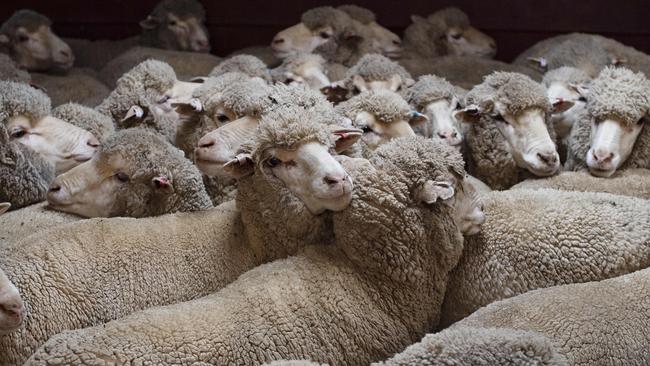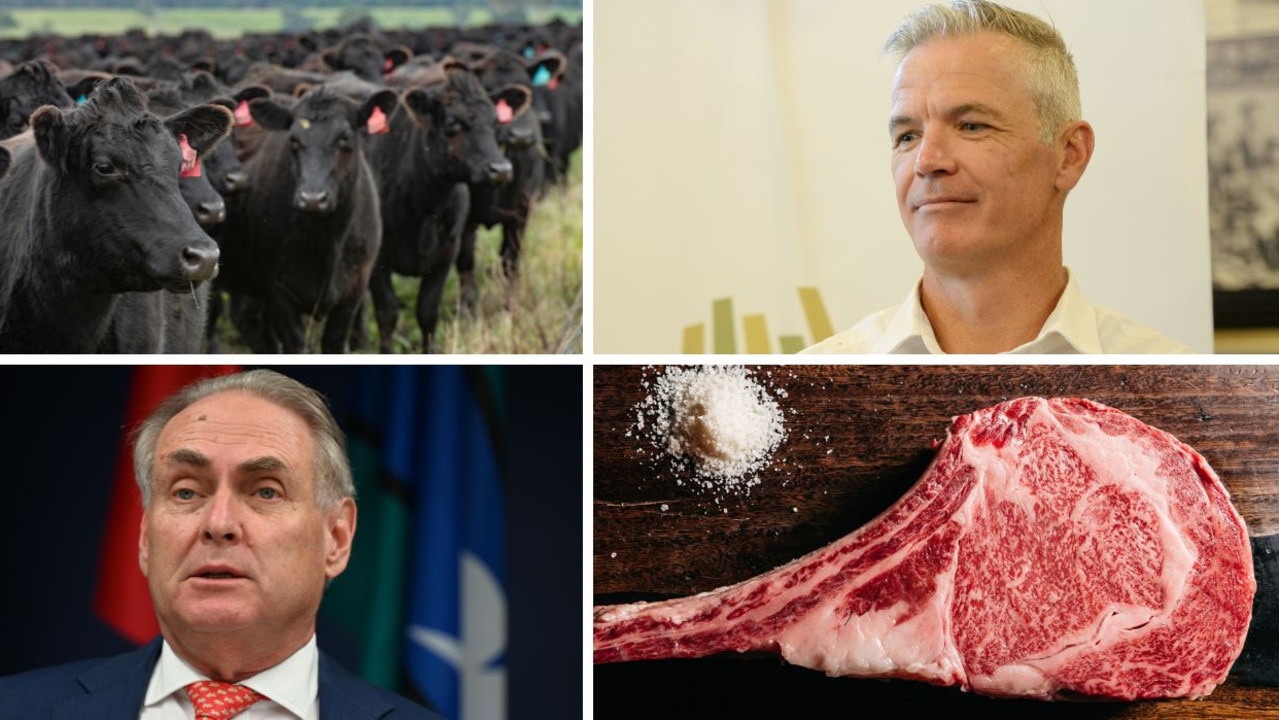The year that was: How ag’s predictions for 2021 fared
What events most affected agriculture throughout 2021? We take a look at industry predictions for the year and compare them with what came to pass.
Agribusiness
Don't miss out on the headlines from Agribusiness. Followed categories will be added to My News.
The enduring nature of the Covid-19 pandemic continues to remind us of the futility of trying to predict the future.
But in agriculture, decisions are made daily around forecasts: whether it be analysing the weather or trying to predict what direction the market could move in.
And it’s safe to say this year certainly threw some curveballs for the agriculture industry, from a disrupted shipping industry, a lack of seasonal workers to assist in harvesting crops, to record-breaking cattle prices.
Here’s how each commodity fared throughout the year.
BEEF
Last season, rapidly rising cattle prices were predicted to possibly ease, if strong restocker demand softened.
But as we’ve seen this year, that was not the case, with the Eastern Young Cattle Indicator breaking multiple price records throughout the year off the back of enduring restocker demand.
This week, in the final week of market sales for the year, the EYCI has smashed yet another price record to sit at a staggering 1169.22c/kg.
To compare, the EYCI closed trading last year at about 813.82c/kg.
ANZ head of agribusiness Mark Bennett said price records throughout 2021 defied what was first forecast at the beginning of the year.
“You sit here today, and the same things go through your mind again. We’ve seen significant increases and in the past 18 months the EYCI has probably doubled in price,” Mr Bennett said.
“A return to season, with lots of grass and water and that expensive asset rural land, it was important for a lot of producers to use that asset by getting stock on, and that stock came at a price.”
Mr Bennett said in addition to domestic drivers, the export market for Australian beef remained strong throughout the year, assisted by global supply issues.
SHEEP AND LAMB
For sheep, the ongoing coronavirus pandemic, both in Australia and abroad, was the key to the success of the sheep market throughout 2021, after a chaotic year in 2020.
Thomas Elders Markets analyst Matt Dalgleish forecast last year that Australian lamb production was forecast to lift this year, as the industry recovered from the smallest national flock in 100 years.
“That was pretty accurate,” Mr Dalgleish said.
“As the global economy recovered, we started to see an uptick particularly in North America for lamb. In the middle of the year we saw uncharacteristically strong demand for Australian product. Then in the second half of the year, we saw strong demand for mutton out of North America.

“The recovery in the food service sector drove that demand.”
Mr Dalgleish said 2021 also saw the sheep turn-off ratio reach a 50 year low point.
“It shows how much producers are holding onto breeding stock,” Mr Dalgleish said.
“It basically says we’re going to see a fairly strong rebuild to the flock for the 2021 season, carrying on to next year.”
DAIRY
As 2020 drew to a close, analysts forecast a 3-4 per cent lift in milk production for the season, with production set to pass nine billion litres for the first time in about three years.
A recent Rabobank quarterly report put season-to-date production down by 2.9 per cent, with a lowering of forecast milk production to 8.68 billion litres.
Rabobank senior dairy analyst Michael Harvey said dairy companies across Australia’s southern export region were adjusting their initial June farmgate milk prices upwards, underpinned by rising commodity prices and a weaker currency.
“Fonterra Australia and Saputo Dairy Australia both lifted prices to $7.05/kg MS or
more. There is potential for further increases as dairy exporters benefit from higher
commodity prices, particularly skim milk powder,” Mr Harvey said.
GRAINS
Improved seasonal conditions across the country last season led to a predicted wheat harvest of 28 million tonnes for 2020-21, with a forecast La Nina weather event ideal for producers heading into 2021.
Thomas Elders Markets analyst Andrew Whitelaw said the eventual tally for the season was an impressive 33 million tonne wheat crop by the time harvest was completed.
“The crop this year, that La Nina has continued to be a good sign, and the current crop is looking like it could reach about 34 million tonnes,” Mr Whitelaw said.
“The big issue this year was the amount of volatility. We haven’t seen a lot of volatility like this.”
In terms of what could happen for the grains sector in the new year, Mr Whitelaw said the ongoing fertiliser issue and the rising cost of inputs could plague the industry.
“With these high fertiliser prices, are we going to see a rationing of use? Will we see farmers using less in their applications, and will that lead to a downward revision of yields?”
WOOL
Despite recent tensions between Canberra and Beijing, China was forecast to remain a key market for Australian wool this year.
But like all commodities, Covid-19 however on the horizon, with the potential to further disrupt the wool industry.
ANZ’s Mark Bennett said wool had remained volatile throughout the ongoing pandemic.
“But in the finer end of the market, it is still an incredibly valuable fleece for most people,” Mr Bennett said.

“The availability of freight and shipping will continue to be an issue. For wool … we’re still looking for a more general global recovery (from Covid-19) that would see demand lift, and encourage a drawdown of inventory. It’s a bit hard to pick how inventory levels are in our key market of China. We’re the dominant supplier of merino wool into key markets, and most people would be expecting a smoother trade economy and improving global GDP as lockdowns end and people get on with their lives post-Covid.”
WINE
The wine industry last year was left rocked by a decision from the Chinese Government to slap tariffs of 212 per cent on bottled Australian wine, with fears red wine prices could be depressed throughout 2021.
Mr Bennett said it was still too early to see what the affect of the decision has had on the direction of wine away from China and towards other markets.
”One local benefit is as the economy opens up, and people are free to travel domestically, we’ve got cellar door estates and the onselling that goes with it, accommodation and restaurants which were constrained during lockdown … that allows for more sales and a winding down of building inventory,” Mr Bennett said.
“Of course a high value market like China at volume is hard to replace, and will require some organisation through the supply chain. But we’ve seen in come commodities that redirection of trade has seen some strong price support.”
FRUIT AND VEGETABLES
A shortage of seasonal workers to harvest fruit and vegetable crops was at the forefront of everyone’s mind at the beginning of the new year.
Mr Bennett said crops generally came off this year, but potentially at a higher cost than usual.
“There’s no question the dependence on that high labour intensity was an issue, and will continue to be an issue,” Mr Bennett said.

“People that offered the opportunity and were well-managed ahead of time possibly did the best when it came to accessing what they needed. But I haven’t heard too much of complete loss of crops or disaster.”
More Coverage
Originally published as The year that was: How ag’s predictions for 2021 fared





